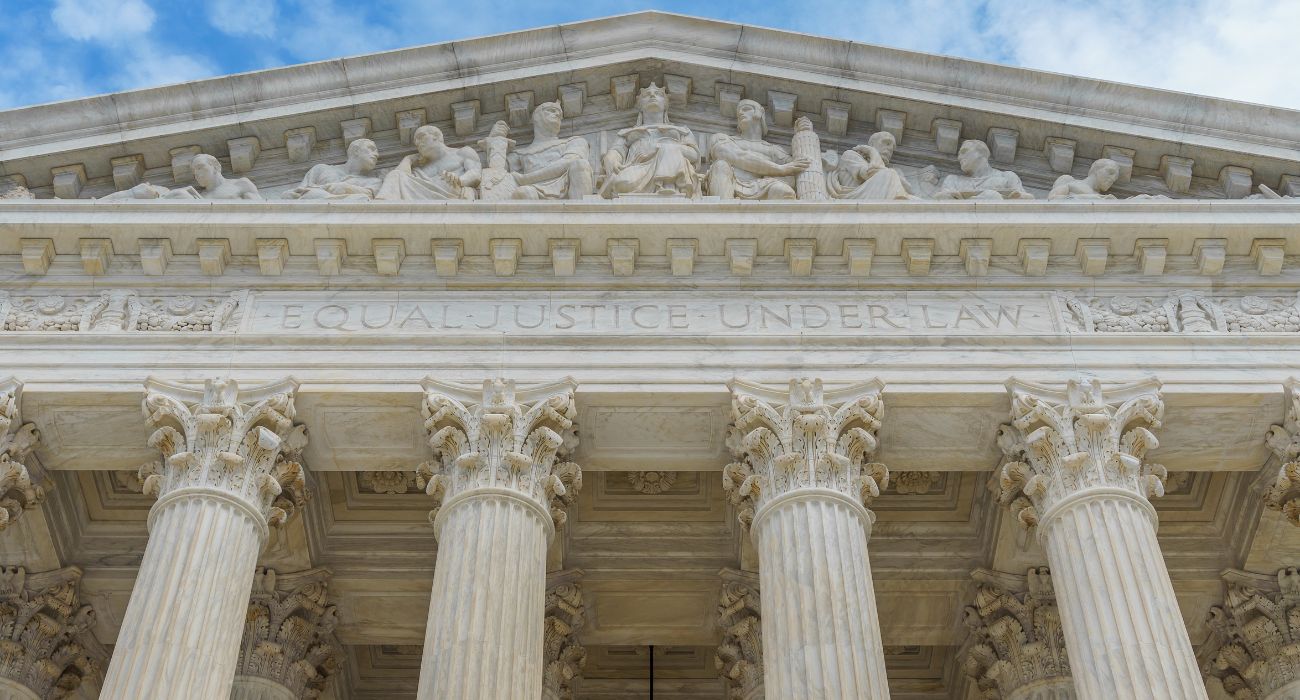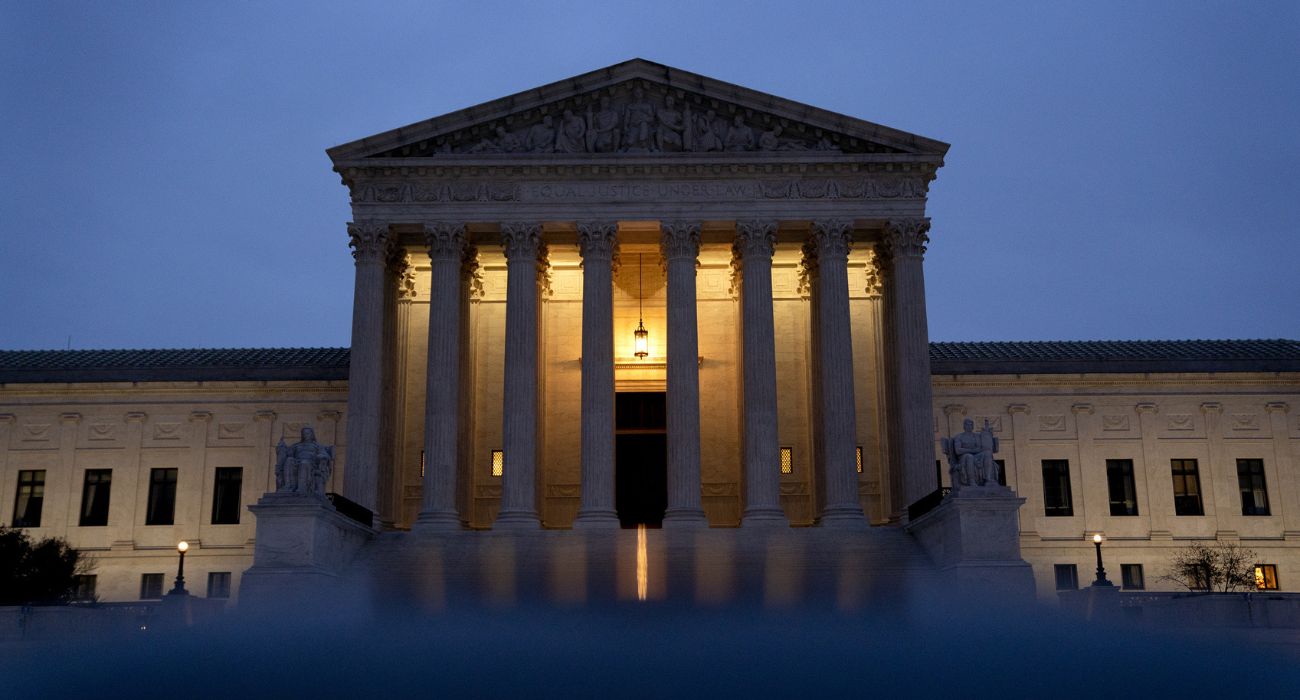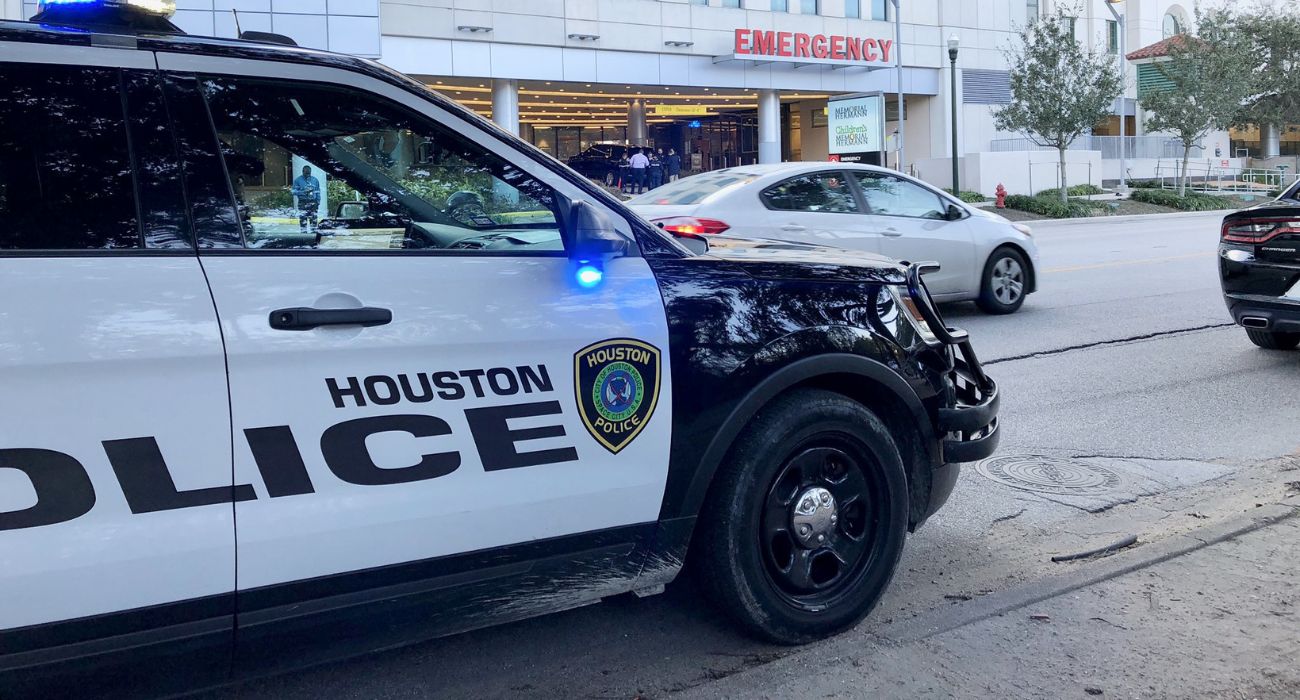The U.S. Supreme Court has ordered the reconsideration of a death row inmate’s request for a new trial after the Travis County district attorney acknowledged the prosecution’s use of faulty evidence.
Areli Escobar was charged with the murder of 17-year-old Bianca Maldonado in May 2009. Maldonado was stabbed 46 times, beaten, and sexually assaulted before dying of blood loss at her apartment in Austin.
Official court documents detail that Escobar, who lived in the same apartment complex as Maldonado, had visited his mother’s residence later that same day to change out of bloody clothes.
The prosecution in the 2011 court case relied largely on circumstantial forensic and DNA evidence and outside testimony, as there were no known witnesses to the crime. Escobar was subsequently found guilty and sentenced to death.
This evidence came under question when an audit by the Texas Forensic Science Commission in 2016 discovered problems at the Austin police crime lab, which had both tested evidence in Escobar’s case and packaged evidence for testing in an outside lab.
These issues included the use of protocols by the lab that were not generally accepted by the scientific community, internal policies that could have allowed confirmation bias in data interpretation, a likely instance of DNA contamination, and the use of expired materials related to testing.
Because of these allegations, the crime lab was ultimately shut down and turned over to the Department of Public Safety (DPS).
Additionally, three days after the conclusion of the trial, a DPS analyst who had performed testing on blood stains on a shirt and on a door lock reported that she was unable to find any DNA profiles from the blood stain. However, Escobar’s attorneys did not receive a copy of this report until years later.
According to State District Judge David Wahlberg, this amounted to the suppression of evidence favorable to the defendant and was a violation of Escobar’s 14th Amendment right to due process. For this reason, and also because of the issues reported with the lab, Judge Wahlberg recommended two years ago that Escobar be given a new trial.
“It would be shocking to the conscience to uphold the conviction,” Wahlberg stated, adding that Escobar’s trial was “fundamentally unfair.”
Escobar’s petition for habeas corpus relief — alleging his imprisonment is a violation of federal law — was denied by the Texas Court of Criminal Appeals (CCA) in January 2022.
Last September, Travis County District Attorney Jose P. Garza petitioned the Supreme Court on behalf of Escobar, questioning the CCA’s denial and acknowledging the prosecution’s use of “admittedly false DNA evidence” to secure Escobar’s sentencing.
Garza advised the court that two analysts who collected and tested evidence in Escobar’s case had a combined 14 “contamination incidents” while analyzing evidence at the Austin lab.
The petition also says that because there were no known eyewitnesses, the State relied heavily on the DNA and other forensic evidence, claiming that “the science of DNA does tell us who is connected to this crime” during opening statements of the case.
“The State, through its witnesses and argument, informed the jury that its DNA evidence was validly and reliably tested and interpreted, which was inaccurate and misleading in light of the habeas record,” said Garza in official court documents.
In addition, Austin Police Department fingerprint analysts had initially determined that none of the prints found at the scene matched Escobar’s fingerprints, but the print examiner who testified at the trial changed her mind about one print after the prosecutors asked her to reexamine it during the trial. She then testified that the print matched the joint of Escobar’s ring finger.
The print was from a lotion bottle found near the victim’s body, seemingly proving his presence at the crime scene. However, an outside expert later determined that the print was of low quality and its link to the defendant fell short of contemporary scientific standards, according to the brief filed by Garza.
Testimony from Escobar’s ex-girlfriend about an early morning phone call the day of the crime was also questioned as the description of that phone call had changed over time. The ex-girlfriend’s testimony had pivoted from overhearing sounds of consensual sex to her overhearing “screaming and screaming and screaming and screaming.”
Also, Garza acknowledged in the brief that a bloody shoeprint found at the crime scene and used as evidence in the trial only matched certain aspects of Escobar’s shoe, and the expert who examined the print could not determine the size, brand, or type of shoe that made it.
“There could potentially have been thousands of similar shoes in the Austin area,” Garza stated in the petition.
“For the above reasons, the State agrees that Petitioner [Escobar] has established a reasonable likelihood that the State’s flawed and misleading DNA testimony affected the judgment of the jury, and the CCA’s decision represented an unreasonable determination of the facts based on the evidence in the record of the habeas proceedings,” Garza’s petition concluded.
On January 9, the Supreme Court sent the case back to the Texas Court of Criminal Appeals “for further consideration in light of the confession of error by Texas in its brief filed on September 28, 2022.”
The appeals court could still reach the same conclusion as the initial trial and uphold Escobar’s conviction.







“The appeals court could still reach the same conclusion as the initial trial and uphold Escobar’s conviction”!
You have got to be kidding me! The State itself went to the Supreme Court with enough evidence of prosecutorial abuse, in fact criminal abuse in at least one instance, to legally land a prosecutor and state witnesses in prison if there was no such thing as Sovereign or Limited Immunity!
I say that the prosecutors and witnesses and anyone else who delivered false testimony, failed to deliver exculpatory evidence and who lied to the jury should face the death penalty for conspiracy to use the Court to commit murder. That is the ONLY thing that will EVER stop this kind of abuse.
Meanwhile, guilty or not: there is NO possible way that this person should be tried again. Ever. His Constitutional rights, inalienable rights have been violated. Nothing can EVER make up for that. It is in a way a kind of MURDER in itself.